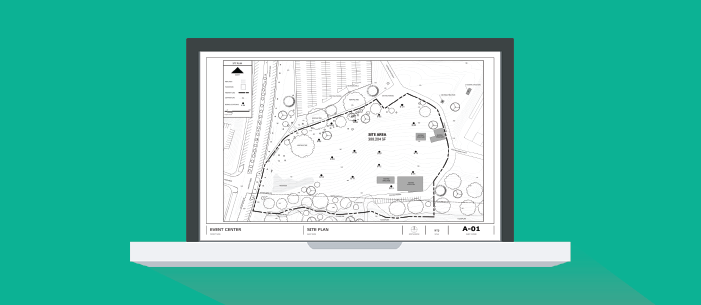We’ve previously discussed how the Architect Registration Examination® (ARE®) 5.0 case studies are developed. Let’s take a closer look at the details of case studies: why they’re on the exam, what’s included in them, and how you should approach them.
Purpose of Case Studies
So why does NCARB include case studies on the ARE? Case studies represent real-world architectural projects. They give you, as a test-taker, an opportunity to synthesize multiple pieces of information and demonstrate your ability to make evaluative judgments. While discrete, or standalone, items measure important knowledge areas in architectural competency, case studies are more similar to day-to-day architectural practice, which frequently requires consideration of multiple pieces of information.
You may have noticed that the names of firms and locations seem generic. This protects the privacy of the architects, clients, and actual projects whose information was used to create the case studies. The scenarios are not generic—NCARB works with numerous professional architect volunteers who base case studies off of projects they have worked on in their firms.
What’s Included in a Case Study?
Every division includes one or two case studies. A case study always consists of a project scenario (or a firm profile in Practice Management), along with supporting documents that provide key information. You can think of the scenario as a “snapshot” of the project or firm at a point in time.
In addition to the scenario, each case study includes several resources that are unique to that case. When you’re reviewing case study items, you’ll be able to access all these resources, so you can use the information to determine your answer. Some common resource types you might see include firm financials, design and construction schedules, cost estimates, client programs, drawings and specifications, construction field reports, and excerpts from American Institute of Architects (AIA) Contract Documents, International Building Code (IBC), and zoning ordinances.
How Should I Approach Case Studies?
When you take your exam, you can expect to see between 10-15 items associated with each case study. The exact number varies depending on the division. These items can be of any item type. While all case study items are based on the scenario and use the supporting resources, each item is independently written and does not build on other case study items.
Here are some tips for answering case study items:
- Make use of the navigation tools. The zoom, pan, and keyword search tools make it quicker and easier to navigate resources, particularly when searching longer documents.
- Case study items always appear at the end of the exam, but you do not have to complete them at the end. You can use the “Exam Summary” tool to jump to any item in the exam.
- Items do not usually mention specific resources, so it is important to be able to identify the necessary resources from the context of the item.
- Each case study item will require you to reference one or more resources, but you will not be able to answer the item just by copying information found in a resource. Being able to apply the information is as important as finding it.
- The time needed to navigate the case studies has been accounted for in the test duration of each division.
- We recommend you spend a few minutes at the start of your case study familiarizing yourself with the provided resources. You can dig into the details as needed for each item.
Wondering how case study items are scored? Stay tuned for a future blog post on exam scoring!
